Timer freezes on washing machine
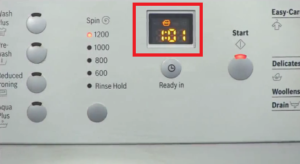 If the timer freezes on the washing machine, then, in most cases, the problem is not in it. For some reason, the machine simply cannot complete the program normally, and the time until the end of the wash stops counting. Let’s figure out why this happens and where to start diagnosing a “home assistant.”
If the timer freezes on the washing machine, then, in most cases, the problem is not in it. For some reason, the machine simply cannot complete the program normally, and the time until the end of the wash stops counting. Let’s figure out why this happens and where to start diagnosing a “home assistant.”
What caused the freeze?
If the machine freezes for the first time, it is necessary to exclude a banal “glitch” of the system. To do this, reboot the equipment - turn off the washing machine using the power button and turn off the power to the device. After 20-30 minutes, plug the cord into the outlet and try to start the cycle. The system error will be reset and the “home assistant” will work normally.
When restarting does not help, you will need to diagnose the washing machine. To check the machine, you need to drain the water from the tank and remove the laundry from the drum. If the washing machine freezes, you will not be able to press the “Drain” button, and the waste liquid will have to be removed through a garbage filter. The algorithm of actions is as follows:
- de-energize the SMA;
- close the shut-off valve;
- remove the lower decorative panel or open the technical door behind which the “trash bin” is hidden;
- cover the floor around the washing machine with dry rags;
- place a container under the machine to collect water;
- unscrew the drain plug half a turn;
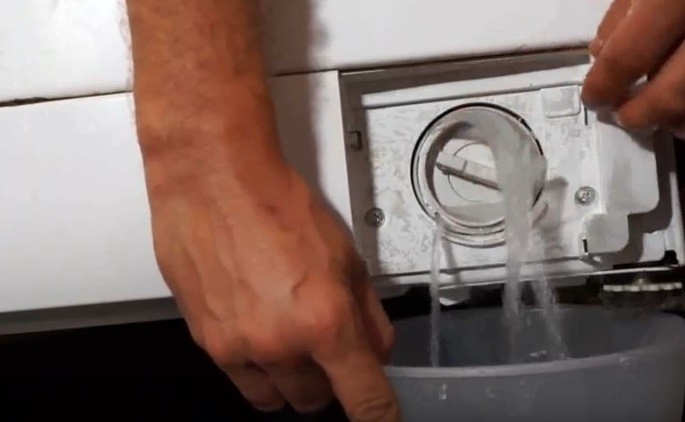
- collect water in a container;
- wait until the UBL works;
- open the door and remove the laundry from the drum.
After draining, you can begin diagnosing the washing machine. Modern machines involve quite complex intelligent control.The system operates due to numerous semiconductor elements, tracks, microcircuits, sensors, which can fail even with small voltage drops.
So, the following can cause the washing machine to freeze:
- drum overload or imbalance;
- incorrect choice of washing mode;
- breakdown of the locking device;
- blockage in the drain system;
- Fill valve malfunction (the washing machine cannot fill, so it freezes);
- breakdown of the drainage pump;
- failure of the electric motor;
- problems with the main control module.
What to do first? To quickly identify a breakdown, you should remember at what stage the washing machine froze and the timer stopped working. Let's figure out how diagnostics are performed.
How to look for a problem?
A sudden stop of the washing machine complicates diagnostics because the display does not always have time to display a fault code. Therefore, you have to look for what is broken, focusing on your logic and guesses. Be sure to remember when the SMA froze - at the very beginning, in the middle of the cycle, or towards the end of the wash. This will indicate possible problems.
If a fault code is displayed on the display of a frozen washing machine, look in the instructions to see what kind of fault it indicates.
If the timer freezes on an automatic machine at the very beginning of the wash, the reason may be a malfunctioning hatch lock sensor or a failed electronic module. There is another option - user error. For example, exceeding the maximum load weight or incorrect program selection.
Usually, if the problem is an overload or an incorrectly selected mode, the self-diagnosis system of the washing machine manages to detect the failure and displays the corresponding fault code on the display. If the “culprit” is the control module, then the error in most cases is not displayed.
If the freeze is caused by UBL, then the washer may still display an error code on the screen. It’s easy to check the locking mechanism - try opening the hatch. If the door gives in quietly, then the lock is indeed faulty. When the sash does not swing open, it means that everything is in order with the lock.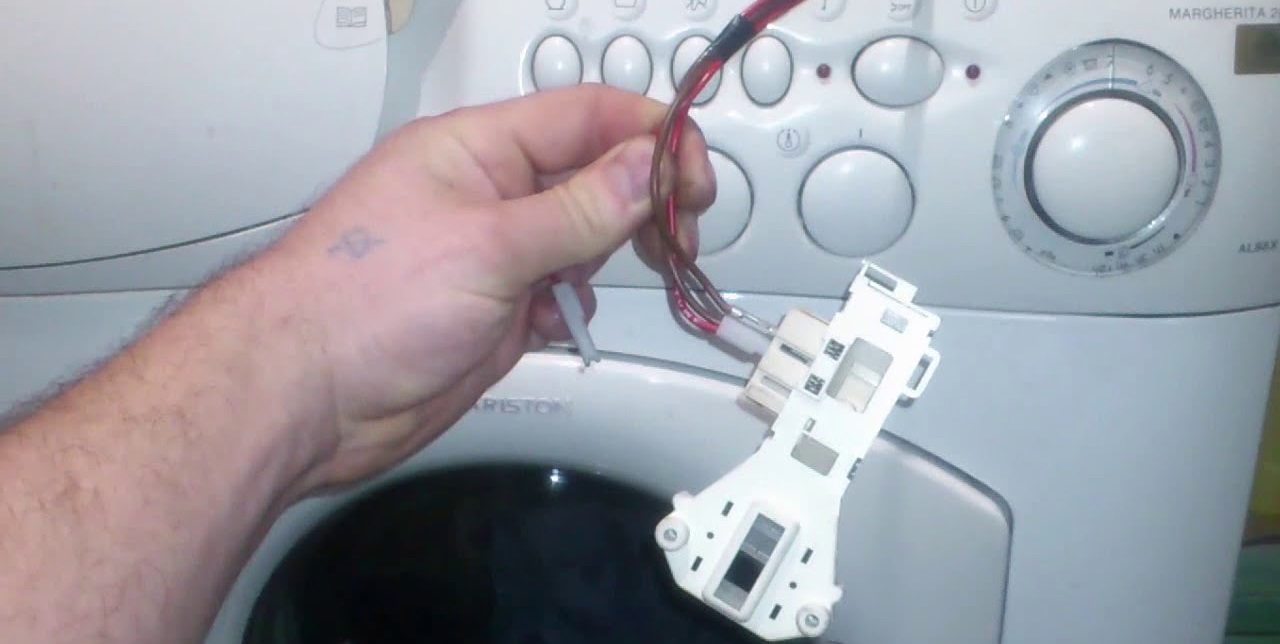
Another reason is a faulty control board. In this case, it will be difficult to perform the diagnosis yourself; you will need the help of specialists. Due to inexperience, microcircuits and semiconductors can easily be damaged, so you should not attempt independent repairs. It is better to entrust flashing the module to professionals.
When the machine stops working already during the cycle, you can “sin” on completely different parts. To find a breakdown, you need to analyze the behavior of the washing machine immediately before the failure. Remember what stage of the program was being performed, whether the equipment was noisy, or whether there were warning signals. Let's look at the “scenarios” that are most typical for slot machines.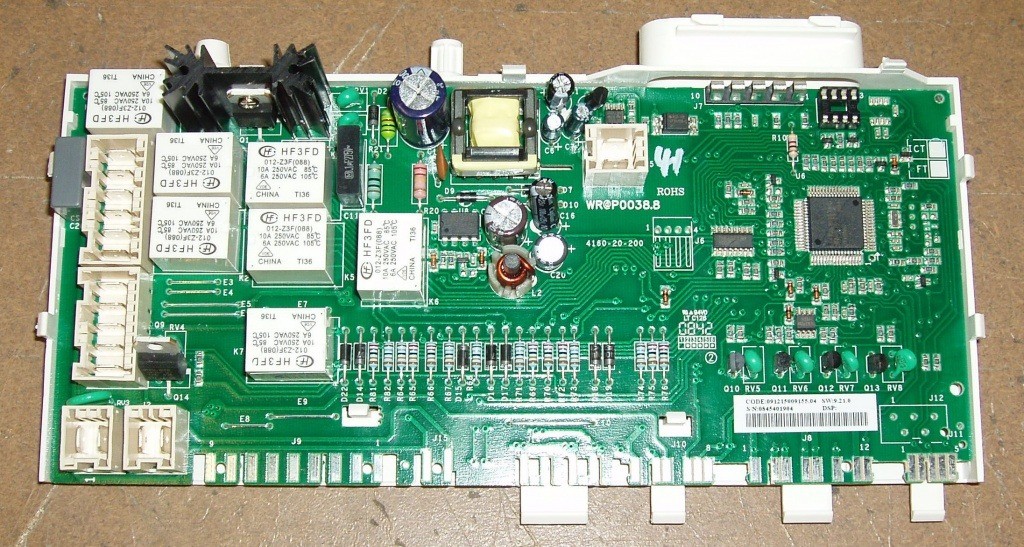
- Option 1 – the machine turned on, the user calmly set and launched the program, the door locked. The machine made noise and began to rotate the drum. After a couple of minutes, the washer hissed, a faint crack was heard, and the equipment froze. In this situation, we can say that the error occurred precisely when collecting water. You will have to check the fill valve, dispenser pipes, etc.
- Option 2 – the machine started, water filled the tank, but the drum stood still and did not spin.Before the washer froze, a strong crackling sound was heard. In this case, the cause of the malfunction is a broken motor or a broken drive belt.
- Option 3 – the washing machine carried out the program normally until it started rinsing. The machine hummed in attempts to pump water out of the tank, but no drainage occurred. Here you will have to check the elements of the drain system for blockages. The cause may also be a burnt out pump.
The performance of most elements of the SMA: fill valve, pump, motor and others is assessed using a multimeter.
To check parts, the multimeter is switched to resistance measurement mode. Next, the tester probes are applied to the element contacts. The values displayed on the device screen must be compared with the standard values.
What to do after detecting a problem?
Finding the cause of the machine freezing is half the battle. Next, you need to take steps to correct the problem. Most breakdowns can be fixed with your own hands; the main thing is to understand the sequence in which the repairs are carried out.
Before you start troubleshooting the problem, really assess your own strengths so as not to harm the equipment. For example, if there are problems with electronics, it is better to entrust diagnostics and repairs to specialists. Another thing is a clogged drain, a faulty solenoid valve or a burnt-out pump. These parts can be replaced yourself without involving a specialist.
To get rid of the blockage, it is enough to clean the debris filter and impeller blades from wound threads or hair, remove dirt from the pump and rinse the drain corrugation under high water pressure. Even a beginner can cope with this work.
It will be a little more difficult to replace the intake valve. Let's figure out what to do in this case.
- Unplug the machine's cord from the outlet.
- Close the shut-off valve on the pipe.
- Remove the housing cover by unscrewing the pair of screws securing it.
- Find the valve.
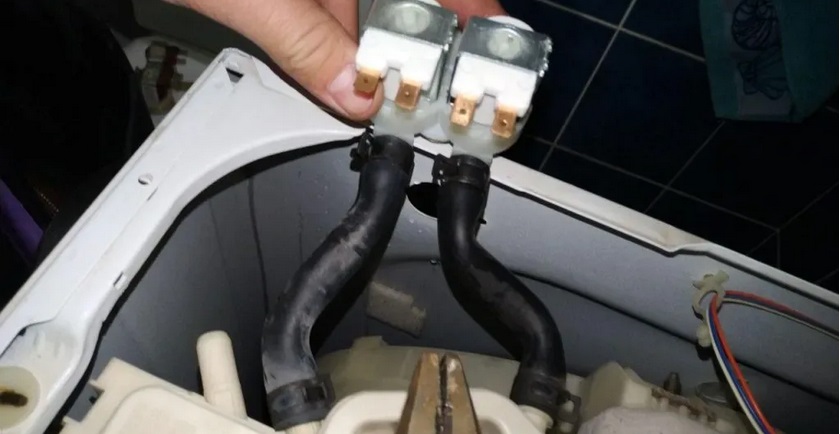
- Unhook the wires and pipes from the device.
- Disengage the latches and pull out the fill valve.
- Buy a similar device and install it in place of the old device.
- Reconnect the wiring and all pipes to the valve.
If the timer on an automatic machine freezes, you first need to reboot the system. Usually, disconnecting the device from power and restarting it after half an hour helps solve the problem. When the problem is not a system failure, repairs are required - the cause of the problem is identified and measures are taken to eliminate it.
Interesting:
1 reader comment




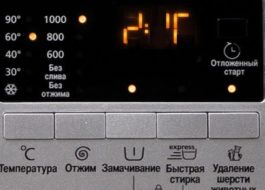
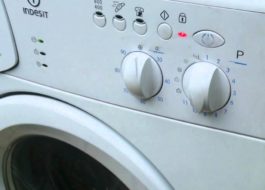
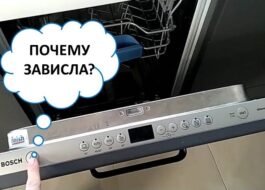














Disconnecting from the network helped. The machine washed, rinsed and after spinning it normally reached the end and stopped. Thanks a lot